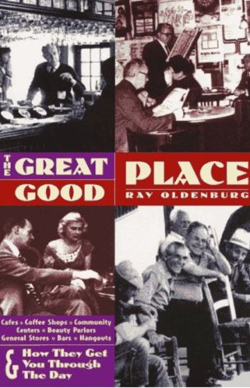Here are the handouts and slides from my October 8 workshop at the Waterloo Public Library on the topic of discovery in public libraries. We discussed the collection as an artifact designed for text retrieval; Conversation Theory as a model for library/reader interaction; the importance of reader browsing; the value and practice of weeding and other maintenance activities in enhancing reader experience at the shelf; and how classification, merchandising, and the library as a third place support discovery.
The next session (Concentration, October 22) will focus on practices that help align the format and title profile of the collection with the interests and needs of readers.
A summary of the Discovery session:
- The collection is a human-sized, walk-in index of itself.
- Gordon Pask’s Conversation Theory offers a frame for thinking about interaction between the reader and the collection.
- Most public library visitors do not ask for assistance during their visit.
- Browsing is a natural activity that humans and their hunter-gatherer forebearers have perfected over millions of years.
- Browsing is the primary search and retrieval method practiced by public library readers.
- Not many readers use the online catalog, and those that do are only familiar with basic features.
- Interaction between the collection and the reader form a system that we can design to work effectively without the need of heroic staff.
- Weeding improves shelf availability by improving browsability.
- We can establish effective, objective weeding indicators for demand, currency, and condition for the rhizomes in a collection.
- Libraries should set a goal of weeding the entire collection annually.
- ‘Team weeding’ is an effective system for weeding quickly.
- Regular weeding forms the basis for a comprehensive collection maintenance program.
- Classification and merchandising improve availability by improving browsability.
Team Weeding | Step-by-step introduction to the practice of team weeding.
Conducting a Shelf Time Study | Instructions and forms for conducting a shelf time study to identify the demand cutoff standard for weeding a rhizome. Although a manual process is described, the same principles can be used to construct an ILS report.
Weeding Review Slip | Sample form to indicate what to do with a specific weeded item.
Missing Items Inventory | Describes how to create an ongoing list of texts missing from a collection.







Add your comments